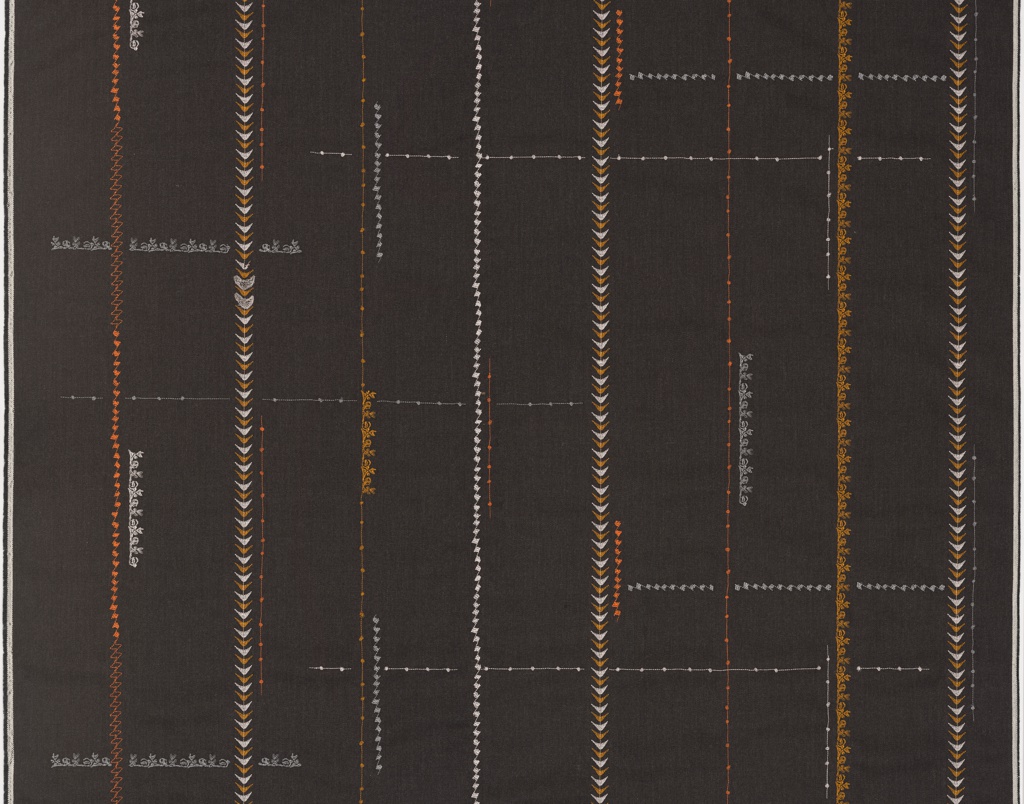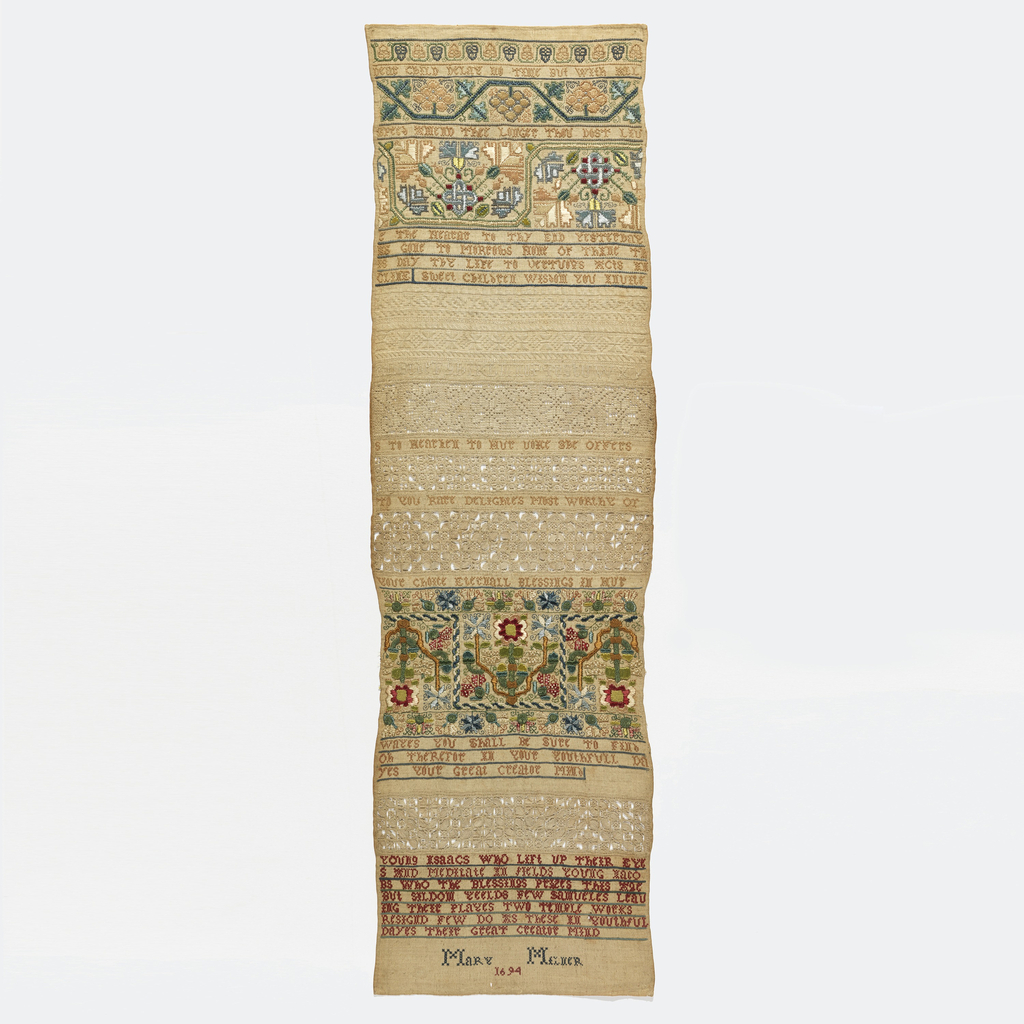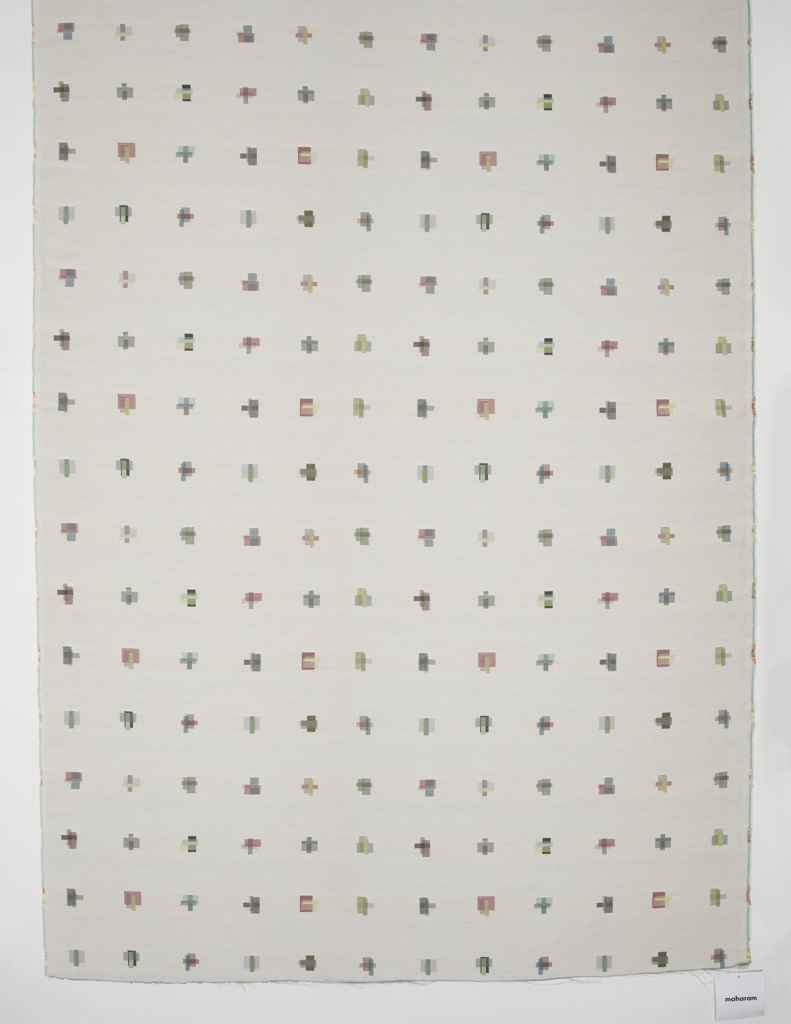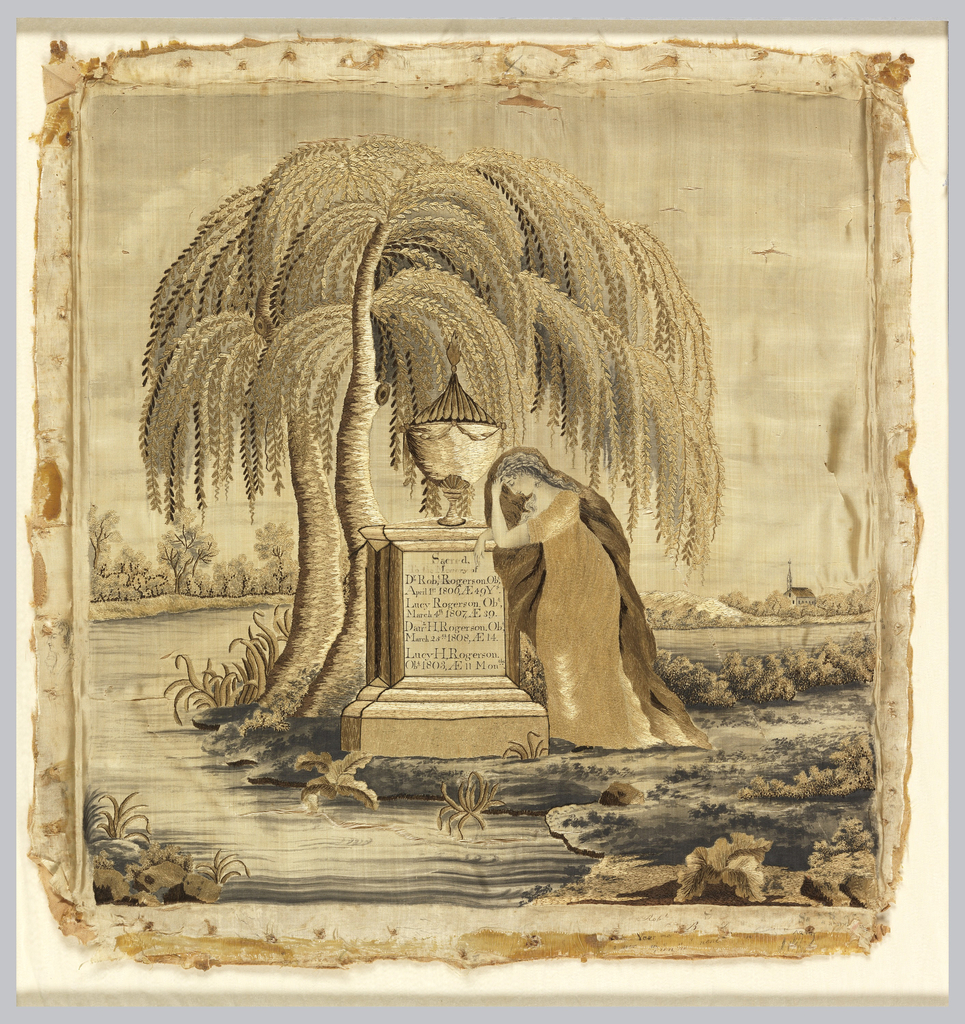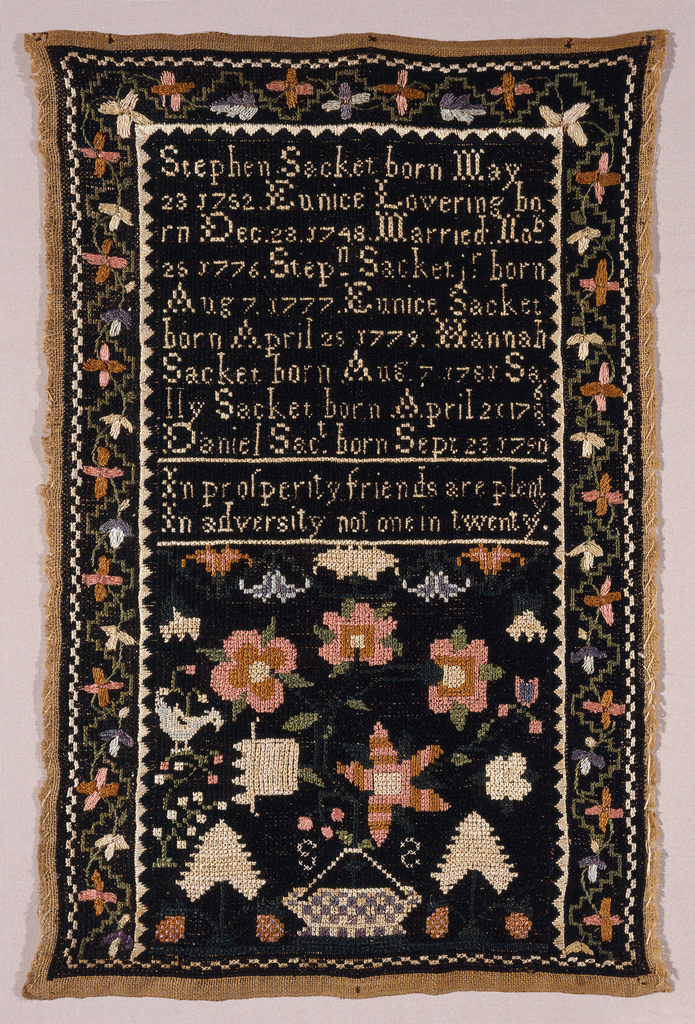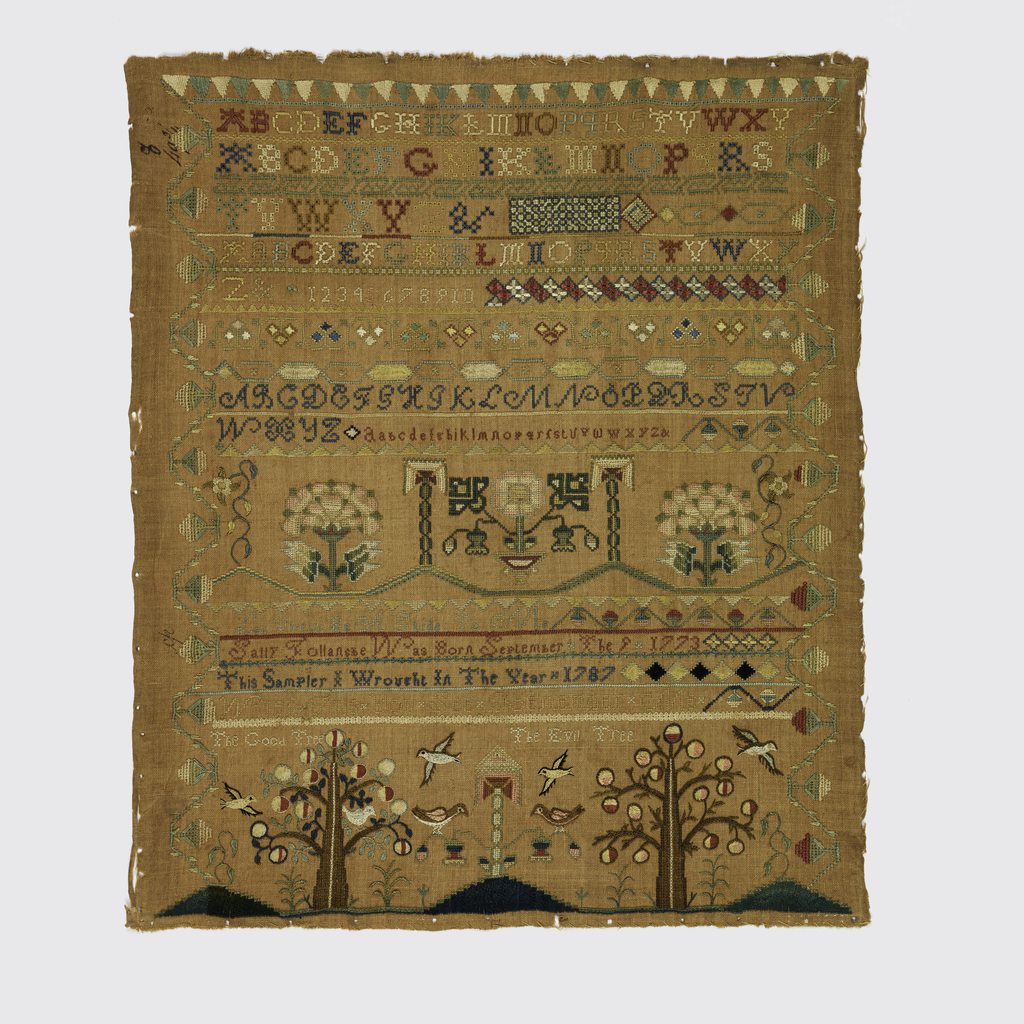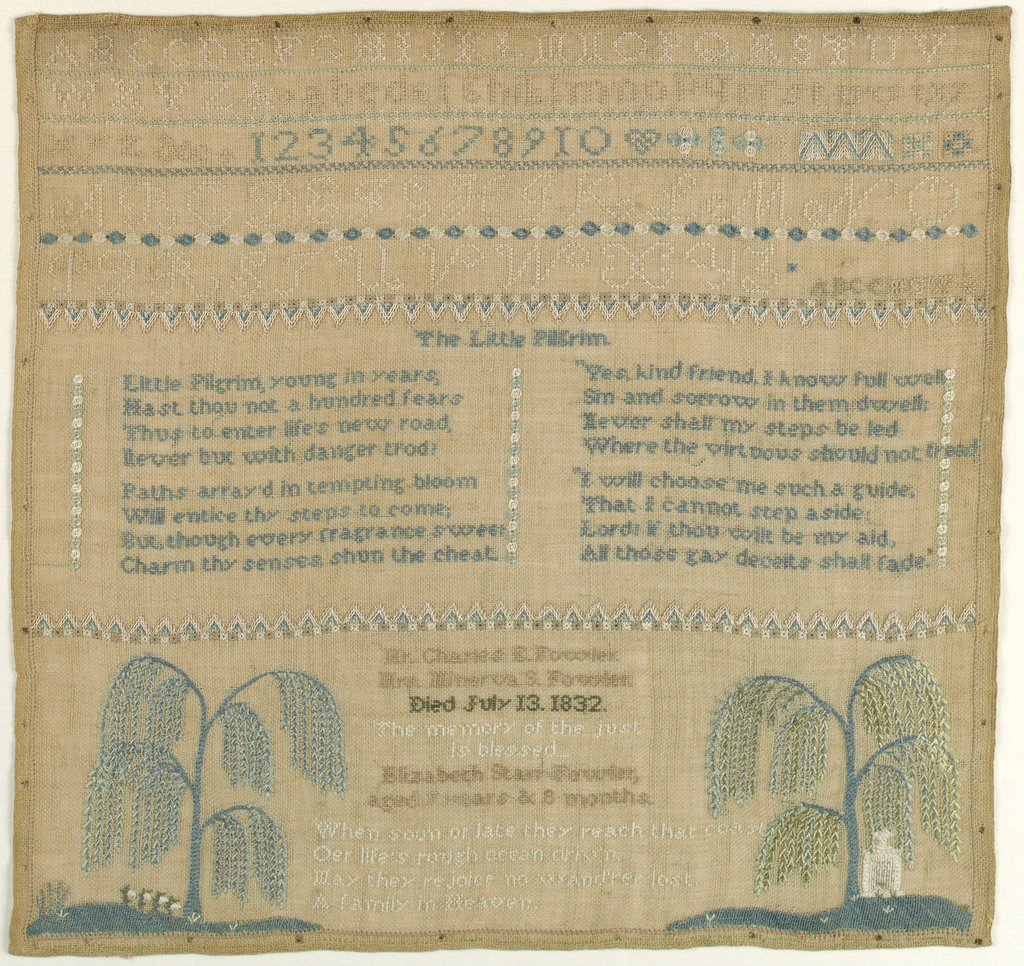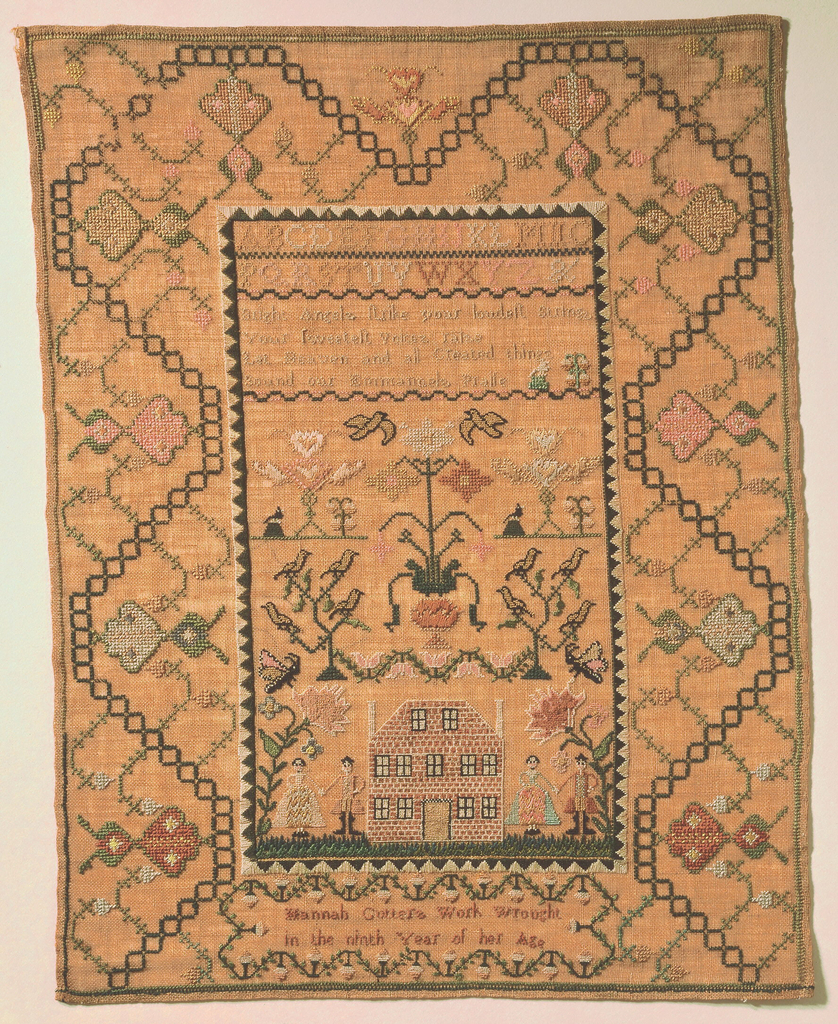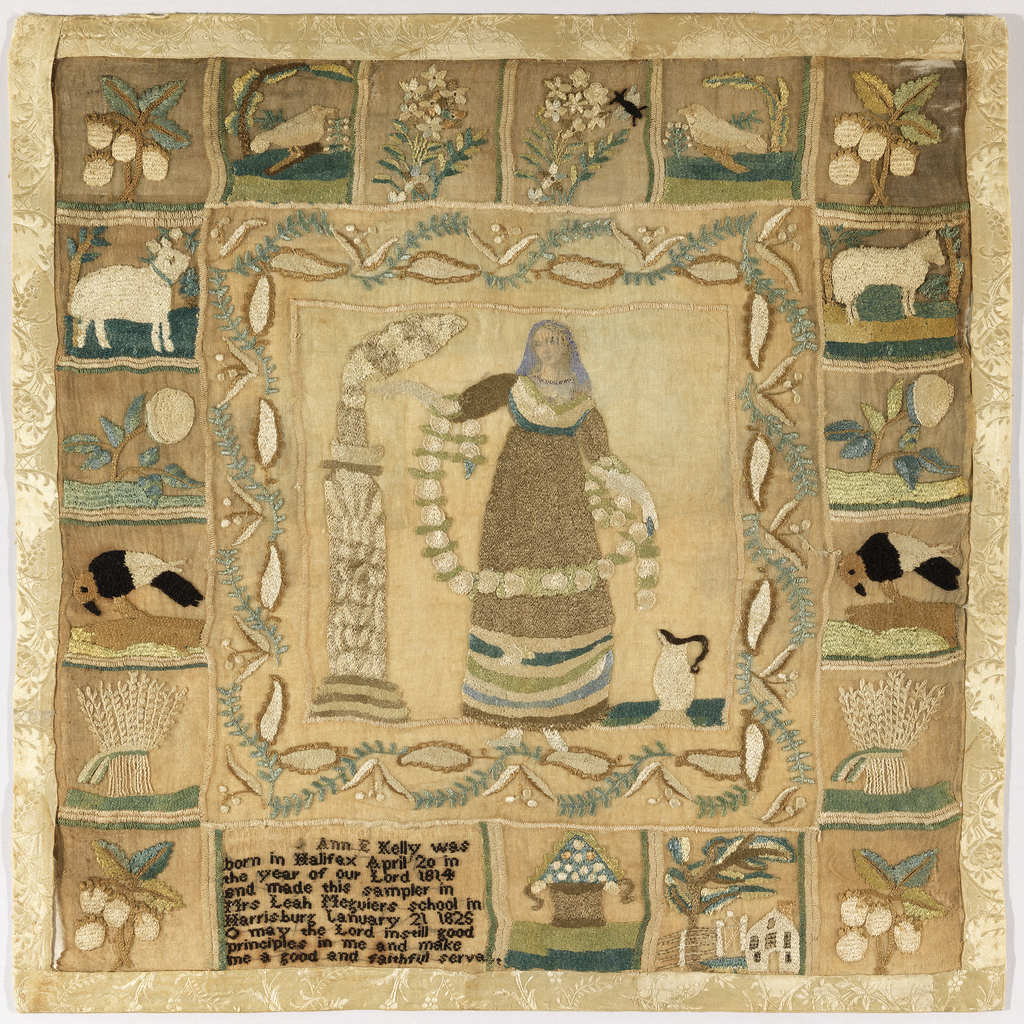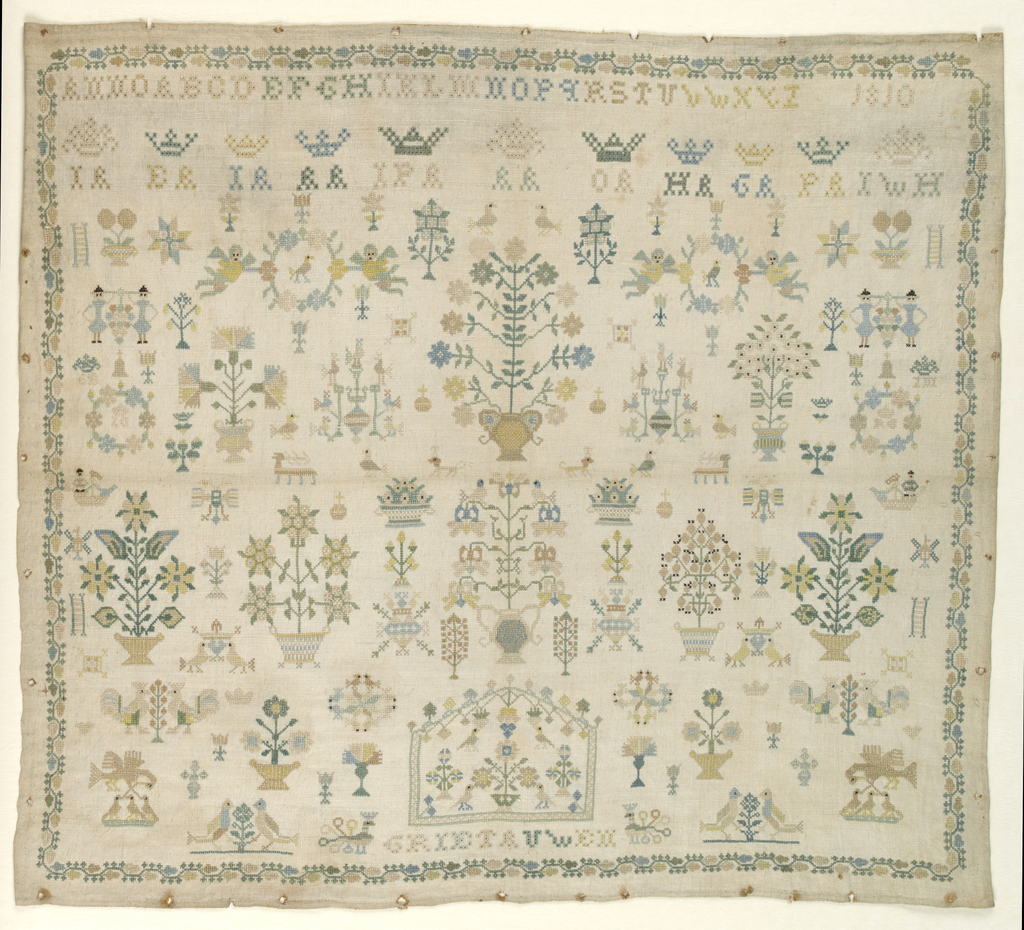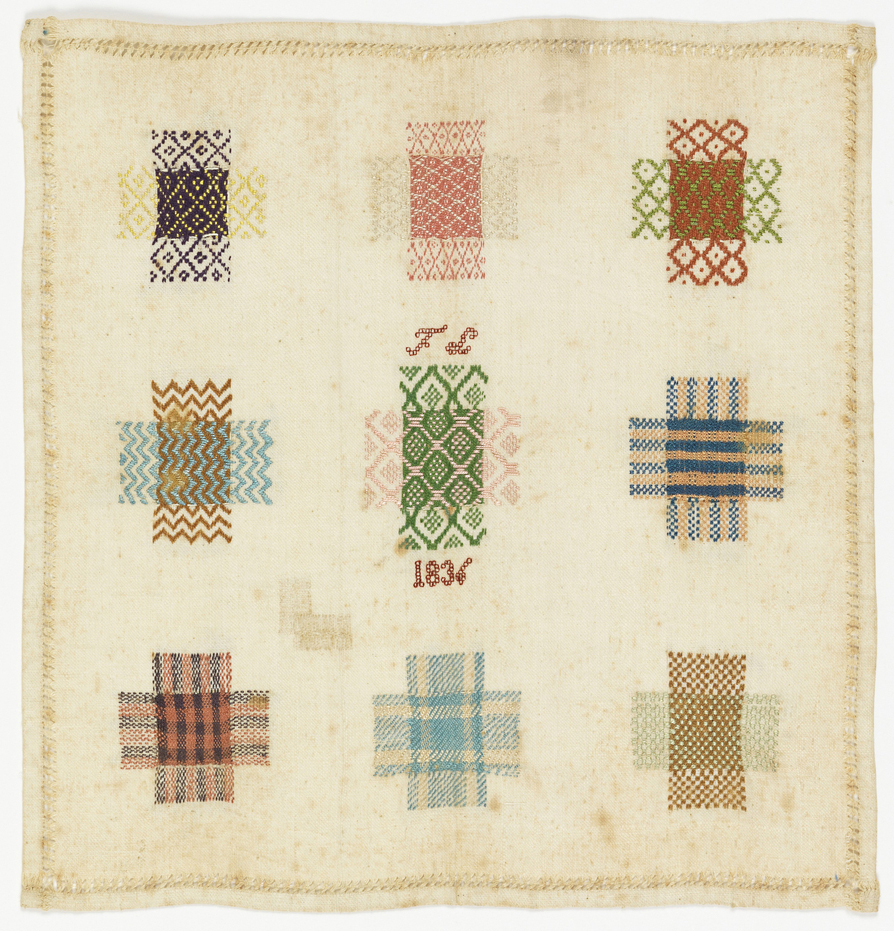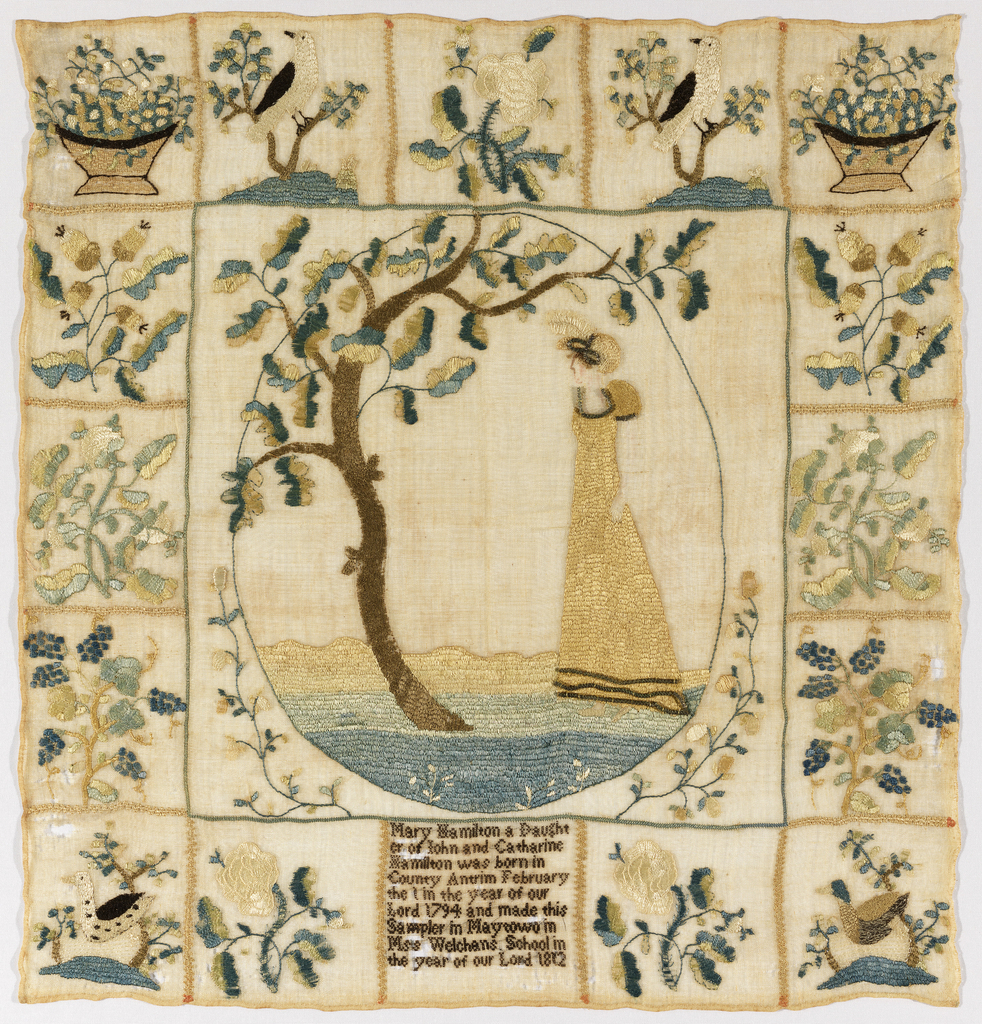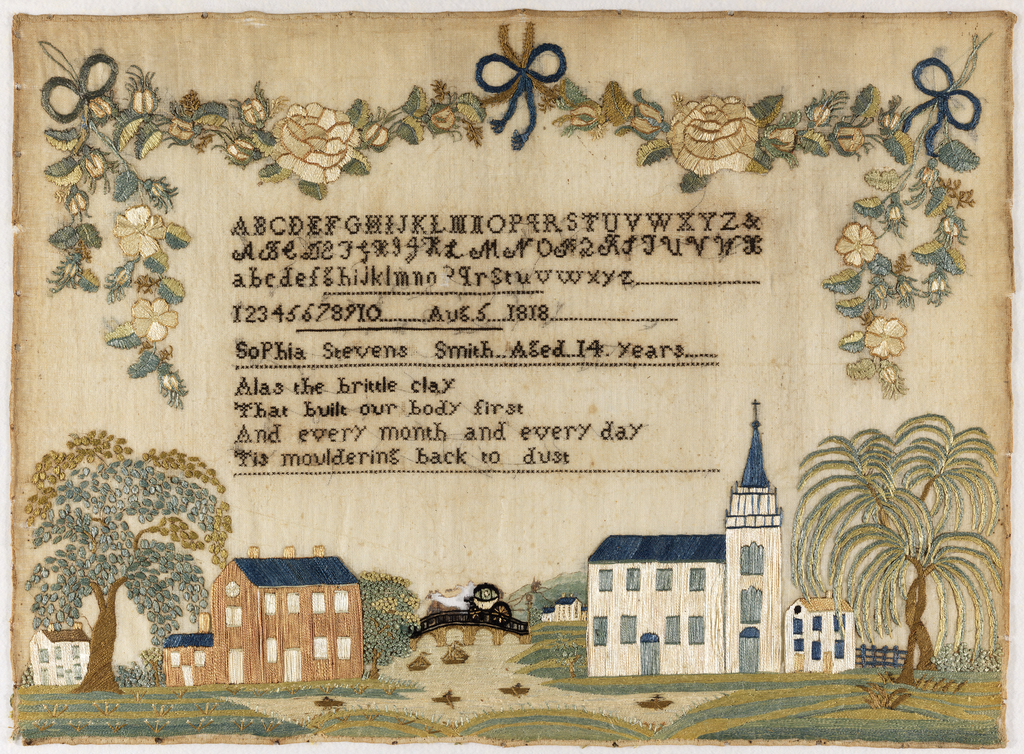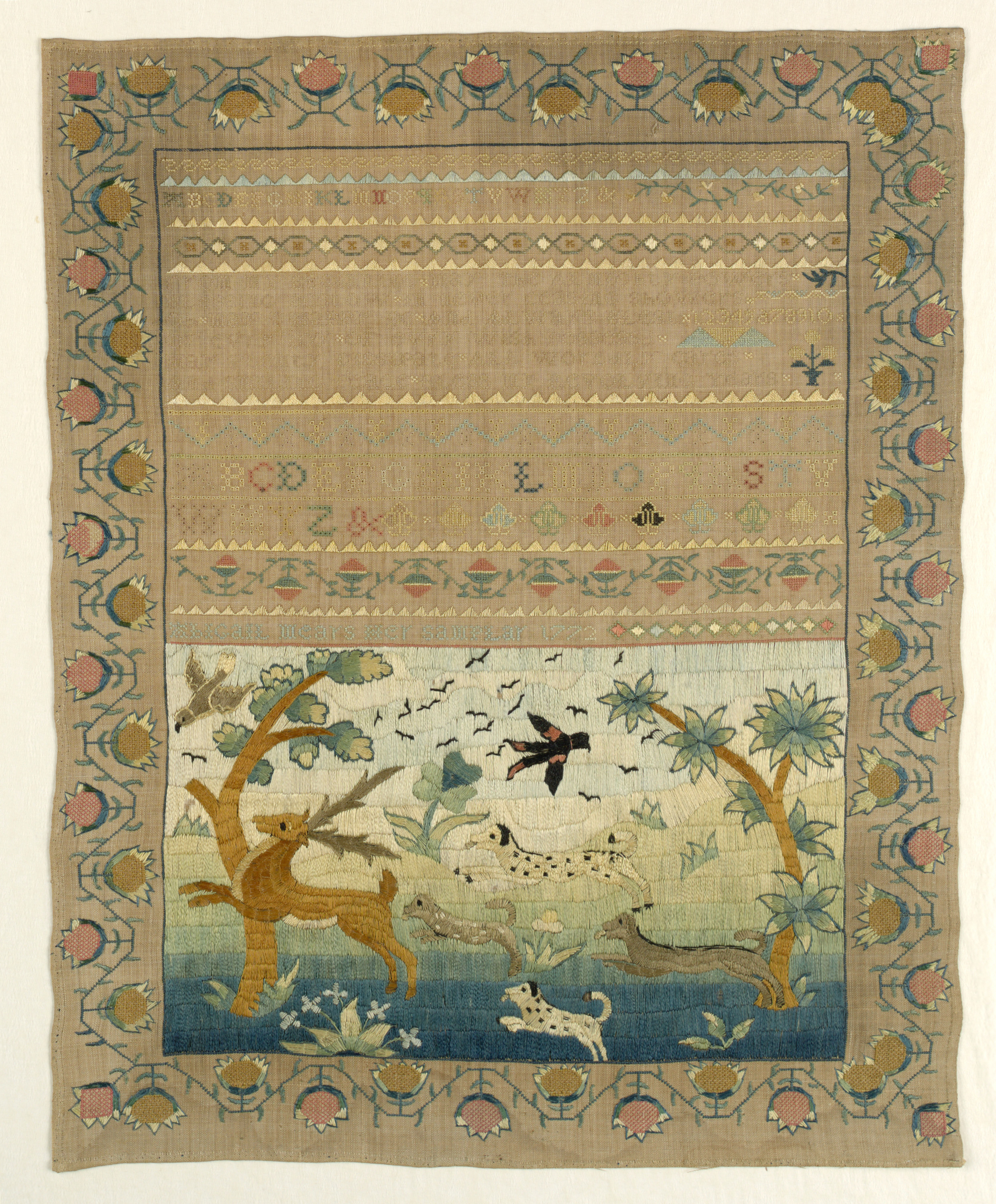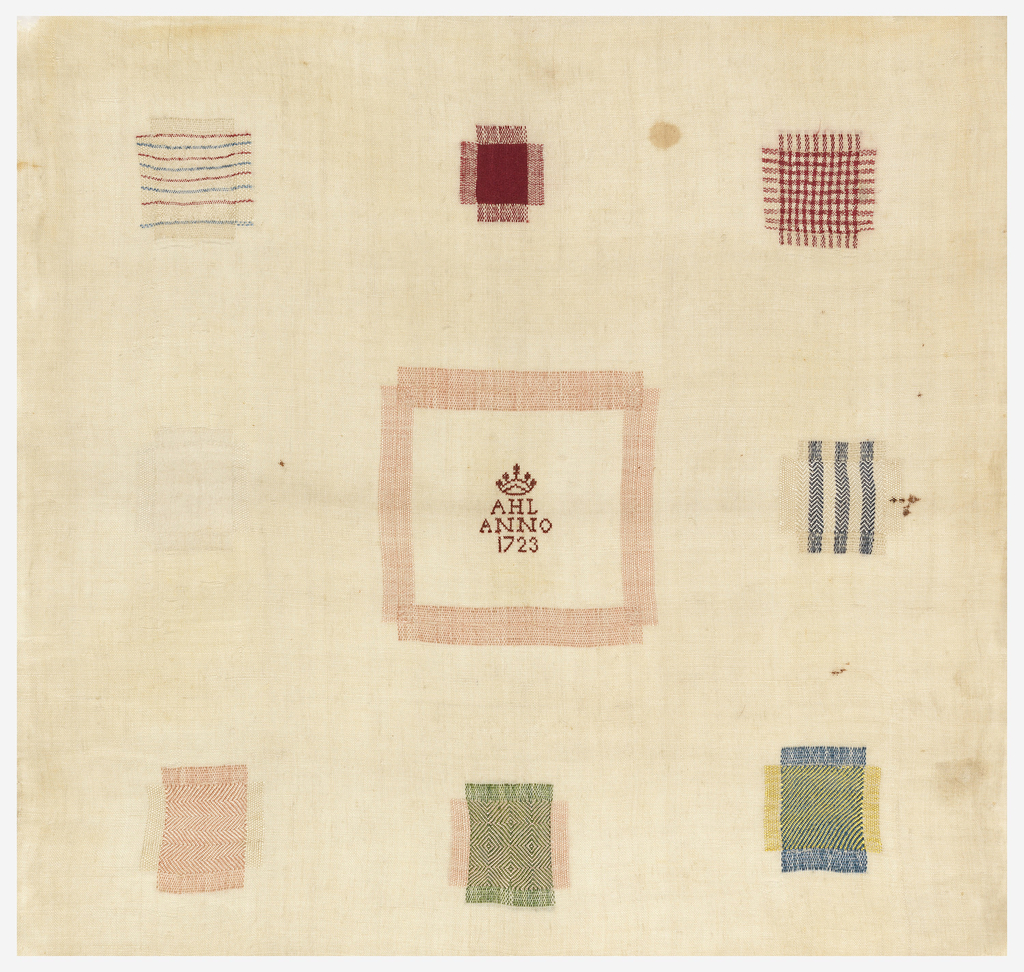In 2005, Hella Jongerius was invited to curate a Selects exhibition at Cooper Hewitt. She became fascinated by the museum’s collection of over 1,000 embroidered samplers. For the exhibition, she made her own “Sampler Blankets,” which combined motifs drawn from the historic examples with industrial techniques like machine embroidery and needle-punch felting. These explorations were...
Author: Dr. Lynne Anderson In celebration of the fourth annual New York Textile Month, members of the Textile Society of America will author Object of the Day for the month of September. A non-profit professional organization of scholars, educators, and artists in the field of textiles, TSA provides an international forum for the exchange and...
Maharam’s collaborations with artists and designers over the years have produced some extraordinary textiles and wallcoverings, and according to Mary Murphy, senior vice president of design at Maharam, one of their favorite partnerships has been with Scholten & Baijings. Their love of process, sophisticated color sense, and familiarity with the making of textiles creates a...
To a modern eye, mourning samplers sometimes seem insufficiently personal or idiosyncratic to represent genuine grief, relying as they do on stock motifs—the woman in classical dress leaning in a posture of grief against the tomb, under a weeping willow. In fact, mourning was perhaps more fashionable than emotional; following the death of George Washington...
The unstructured nature of this family register sampler, initialed “SS” and attributed to Sally Sacket (b. 1786), is typical of eighteenth-century examples. In contrast to the more organized genealogy samplers that appear after 1800, the text here is run together in continuous lines. Sally’s sampler is one of a group of three Westfield, Massachusetts, examples...
Sally Follansbee’s 1787 sampler is part of a group of samplers from the towns of Newbury and Newburyport, Massachusetts. These works can be identified by a number of motifs that were reused and modified from the 1750s through the early 1800s. The stylized floral band on Sally’s piece appears on samplers by several Newbury and...
This sampler was worked by nine-year-old Elizabeth Starr Fowler (1822–1904) shortly after the death of her mother. It is unusual in that it combines elements of a traditional alphabet sampler with those of a mourning piece. At the top of the sampler are several rows of alphabets followed by a verse. The bottom section includes...
Hannah Cutter’s sampler is part of a large group of related examples worked from about 1790 until at least 1805 in Boston or nearby towns in Middlesex County. Typical characteristics of these samplers are deeply arcaded borders surrounding a central panel comprising an alphabet, verse, and pictorial elements framed by a saw-tooth border. The pictorial...
This sampler was worked in 1828 [or 1825] by Ann E. Kelly at the Harrisburg, Pennsylvania, school of Leah Maguire. The central scene is either biblical or classical, and was undoubtedly inspired by a yet to be identified print source. It depicts a woman holding a long garland of flowers who appears to making a...
Griet Ruwen’s sampler shows how deeply ingrained faith and religion were in daily Dutch culture in the early 19th century. Even as she practiced her needlework, Griet expressed piety and religious devotion through symbolism. Below the crowns and initials are two angels holding a wreath of roses, which represents eternity. The wreath encircles a dove,...
Environmental and ethical reasons to extend the life of old clothing.
This sampler was worked in 1812 by Mary Hamilton at the Maytown, Pennsylvania, school of Catherine Welshans (who became Catherine Welshans Buchanan after her 1813 marriage). The central scene depicts a woman, fashionably attired in a feathered headdress, standing beneath a tree. The border is made up of compartmentalized motifs, including baskets of flowers, flowering...
Sophia Smith’s sampler is part of a distinctive group of Wethersfield, Connecticut, samplers made at two different schools during the first quarter of the nineteenth century. Earlier examples were probably worked at the Abigail Goodrich School, which operated from around 1804 to 1815. Sophia’s is one of a later group of samplers, most likely made...
This sampler, worked by Abigail Mears in 1772, is related to a group of embroideries known as the “fishing lady pictures.” The name originally referred to Boston needlework featuring the same fishing lady, but now encompasses a variety of related pastoral compositions, with or without the fishing lady. From the 1760s, the same types of...
